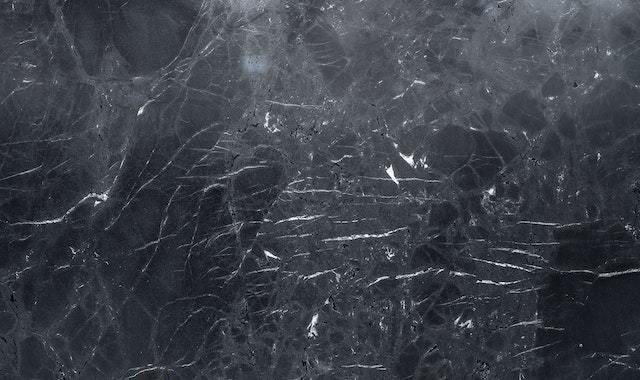Ultraviolet (UV)
coating, also referred to as radiation-cured coating, is a type of surface treatment that either is cured by ultraviolet radiation or protects the underlying material
from its damaging effects.
UV radiation has been frequently used for a variety of purposes in industrial processes as well as in medical and dental settings, including phototherapy, bacterial killing, fluorescent effects, curing inks and resins, and tanning. Compared to these applications, UV coating
as a method of surface treatment is a recent development.
However, due to its obvious advantages, which will be mentioned in more detail below, its application has become widespread, especially in printing.
What is Ultraviolet (UV)?
The term ultraviolet derives from the combination of two words in Latin, ultra (meaning “beyond”) and violet (meaning “violet”) and is used to refer to a form of electromagnetic
radiation that has a wavelength that is longer than X-rays but shorter than the violet end of the visible spectrum.
The sun emits electromagnetic radiation, which is transmitted as waves or particles with various wavelengths and frequencies. Some artificial sources, including arc welders and
solariums, produce ultraviolet (UV) radiation as well.
The electromagnetic (EM) spectrum refers to this wide range of wavelengths. In this spectrum, ultraviolet (UV) light lies between visible light and X-rays. Exposure to UV has both beneficial and harmful effects on human health.
Improved mood, increased energy, and production of vitamin D are among the beneficial effects of UV exposure. Moderate exposure to UV radiation is a good source of vitamin D. This vitamin helps to control blood pressure, immunity, insulin secretion, calcium metabolism, and cell division.
However, excessive UV radiation exposure, especially UVB (medium wave UV) overexposure is the cause of some types of skin cancer. It can also lead to premature aging and eye damage.

Areas of Application of UV Coating
UV coating consists of a clear compound that is applied to paper wet, then instantly dried by ultraviolet light. Paper is coated with a variety of substances; chemicals used for UV coating include polyethylene, calcium carbonate, and kaolinite.
These substances are refined and combined with viscosifiers, which aid in their ability to stick to paper. After printing, the coating is applied using a UV coating machine. Depending on the application, UV coatings can range in thickness and reflectivity, though high-gloss or soft matte UV coatings are frequently used for high-end printing applications.
UV coating can be applied to the entire product, both front and back, or only on one side. It can also be used as a spot coating to only highlight specific areas, or it can be applied over the entire printed piece (a process known as flooding).
Spot UV coating is considered a great way to add dimension and deepen the color of the printed area. UV curing is employed in situations where inks, adhesives, and coatings need to be converted or cured.
UV-cured adhesive has replaced two-part adhesives in a high-speed manner, doing away with the need for solvent removal, ratio mixing, and potential life concerns. UV curing systems are used to polymerize images on screen-printed products, ranging from T-shirts to 3D and cylindrical parts, in the flexographic, offset, pad, and screen-printing processes.
Apart from printing, UV coating is frequently utilized in industries where glass and plastics are manufactured and used. Glass and plastic can be coated to reduce the amount of ultraviolet radiation that passes through.
The windows of automobiles and eyeglasses are two common applications for this coating. In order to keep the film or sensor from being exposed to invisible light, photographic filters remove ultraviolet. Glare reduction, wear or scratch resistance, anti-fogging, microbial resistance, and chemical resistance are some of the properties that UV curable coatings can add to polymeric surfaces.
Most other personal electronic devices, including keyboards and computer screens, have some sort of UV-curable coating.
Typically, coatings are applied to plastic substrates using a variety of methods, including spray, dip, roll, and flow. UV technology is used in the finishing, varnishing and laminating of furniture and woodwork as well.
Advantages of UV Coating
UV coating provides protection against smudging, rubbing, abrasions, and scratches. As a result, materials look better and last longer, which helps manufacturers maximize their
profit.
This is especially crucial when it comes to safeguarding direct mailers like postcards that are mixed in with other mailers and putting posters, brochures, or similar materials in busy public spaces where people are likely to handle them.
Due to the speed at which the curing process occurs, UV coatings and finishes increase product quality, increase line speed, free up more floor space due to shorter finishing lines, and decrease fire risk.
By reducing the amount of time an ink or coating is wet, accelerating the curing or drying
step in a process can reduce flaws and errors. Besides, less space is required to store items that must wait until the drying process is complete, which is another advantage of reducing manufacturing time.
They also provide advanced hardness and solvent resistance. UV coatings are solvent-free and do not emit volatile organic compounds when cured, therefore it is safe to say that they are eco-friendly, and their application can contribute to environmental sustainability.
Sources
• https://www.psprint.com/resources/what-is-uv-coating/
• https://www.formaxprinting.com/blog/2010/09/printing-lingo-what-is-uv-coating
• https://www.autoprint.net/blog/what-is-uv-coating-and-benefits-of-uv-coating
• https://www.digikey.com/en/articles/ultraviolet-radiation-attributes-and-benefits
• https://www.alpha-cure.com/applications/the-applications-of-uv-coating-finishing
• Görseller / Images by: https://pixabay.com/
Translation and Compilation by: Murat Soygür

